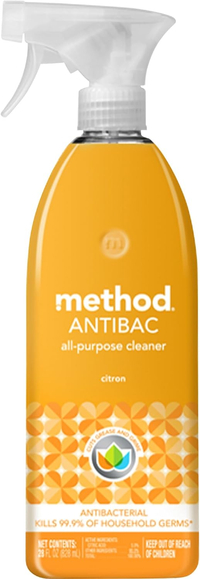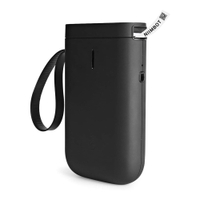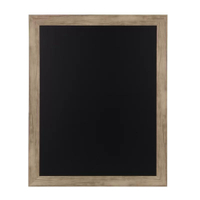I followed a professional kitchen closing shift routine for a week – my kitchen has never been cleaner
Here’s how the same checklist can work for you too.
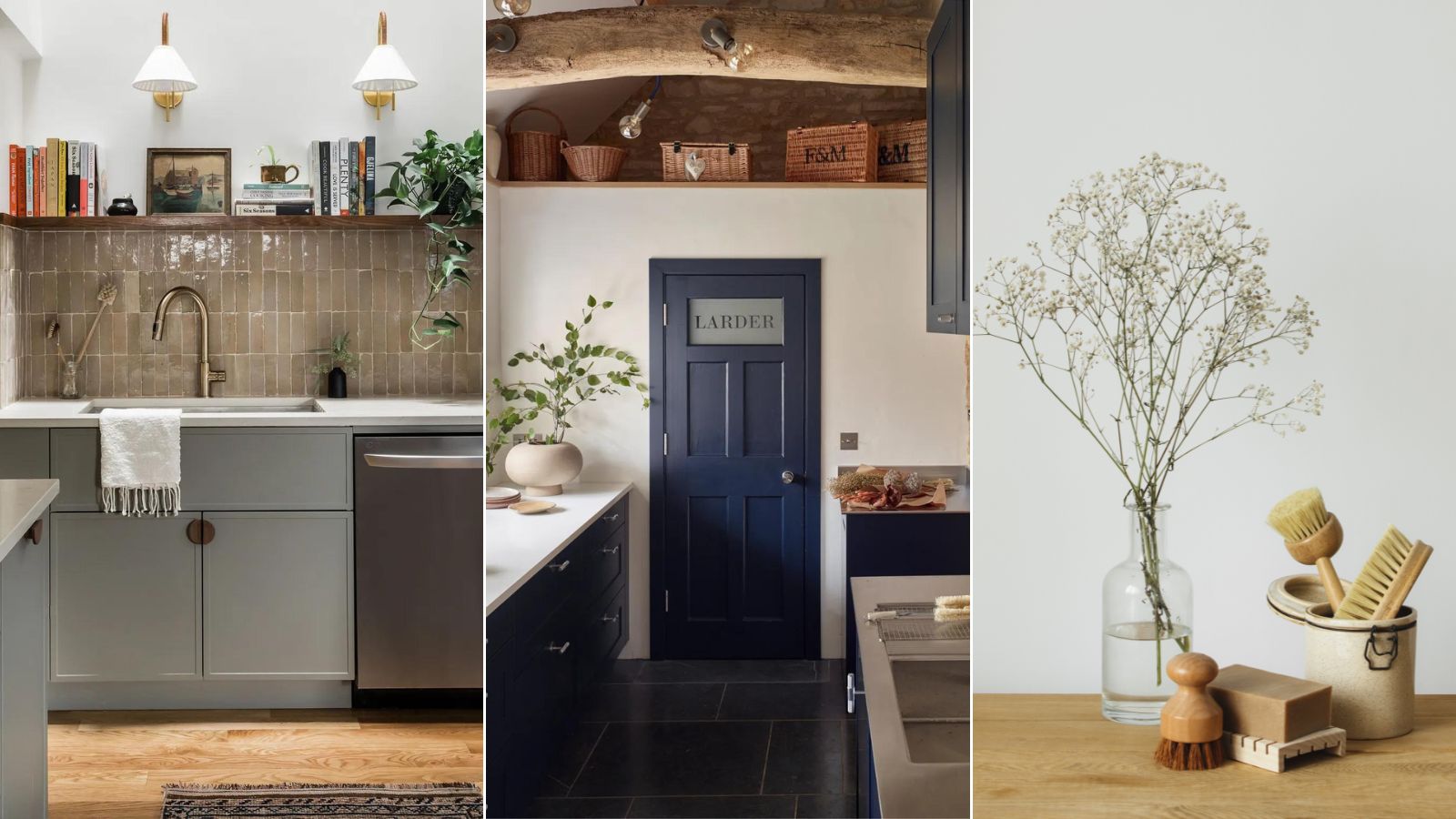

In my quest for home-cooking perfection, I’m always making a mess in my kitchen. When cooking meals, I tend to use every pot, pan and tool I own, leaving the space more cluttered and disorganized than a teenager's bedroom.
To fix this, I decided it was time to research some of the best ways to clean a kitchen and organize my kitchen to stay on top of clutter. That's when I decided it might be a good idea to borrow some tips and tricks from my friends in the restaurant industry.
So, I followed a professional kitchen closing shift checklist for a week to conquer my clutter and stay on top of the mess. The results were impressive, to say the least.
Professional kitchen closing shift routine
The benefit of following these quick cleaning tasks before bed for your kitchen is that you can ensure that the next time you use the kitchen, everything is clean, orderly, and ready to go. After following this routine for a week, I can honestly say my kitchen has never felt so clean and tidy.
I’ve broken this process down into 6 simple steps:
1. Washing dishes
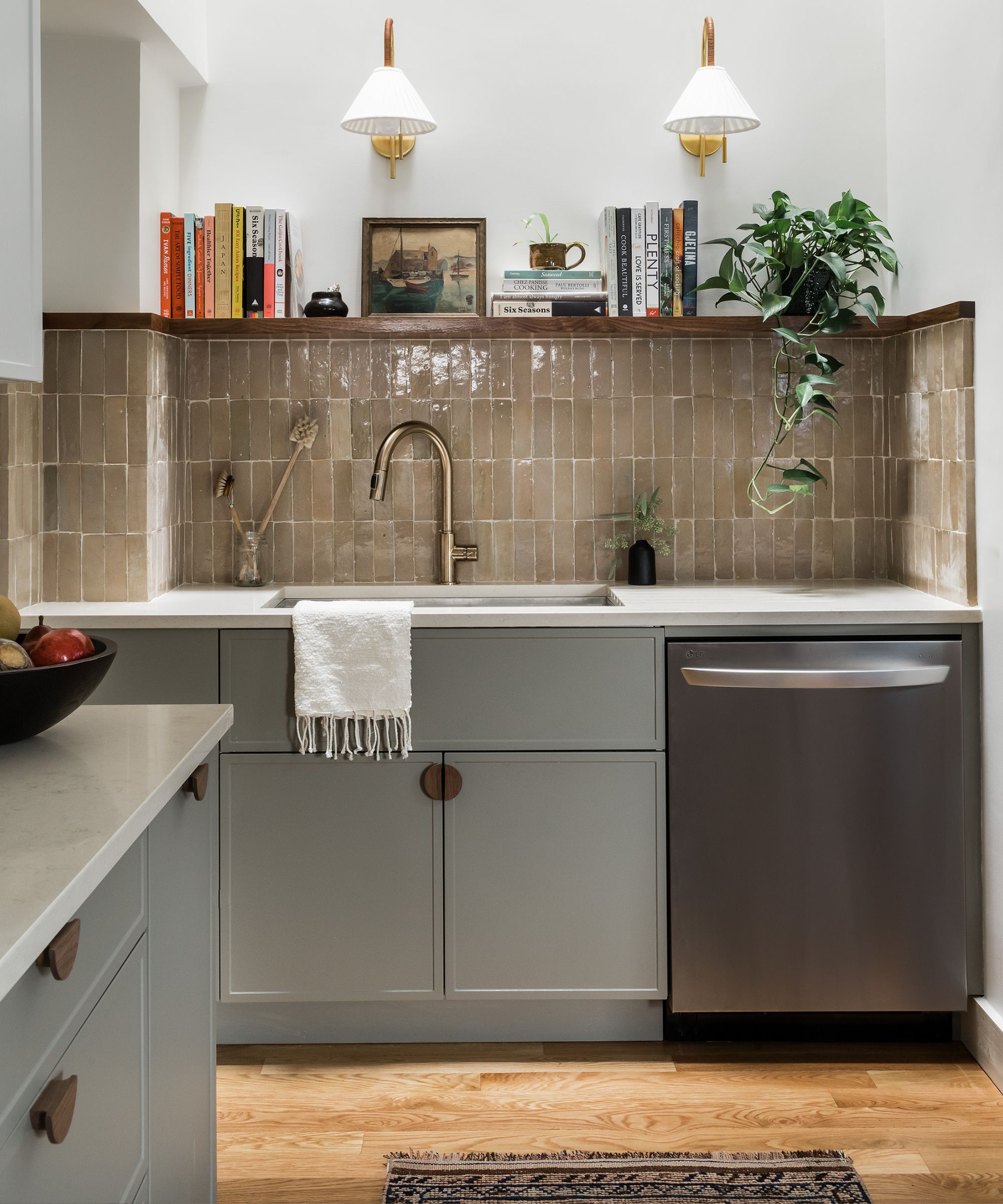
Never leave dirty plates or pans overnight - this is non-negotiable in a professional kitchen and the same rule should apply to your home. Food and dirty dishes being left out will create unpleasant odors and attract pests, so get whatever you can in the dishwasher or washed up. Sadly, I don’t have any tips for making this part of the job quicker - aside from popping on some music and trying to make the process more fun.
Now, sort through any food packaging you’ve finished with. Wash it out to remove residual food and pop it into the recycling if this is an option. If your trash can is full, take it out now and put a fresh bin bag in, as putting it off can cause it to smell. Your future self will be glad to not have to do it tomorrow.
2. Shut off and clean appliances
While I don’t scrub my oven every night, I do deep clean my sink and the wall behind it. I also check my garbage disposal, remove debris from the dishwasher, and check for signs of unwanted pests to ensure everything stays shiny and works as it should.
3. Sanitize and Clean Prep Areas
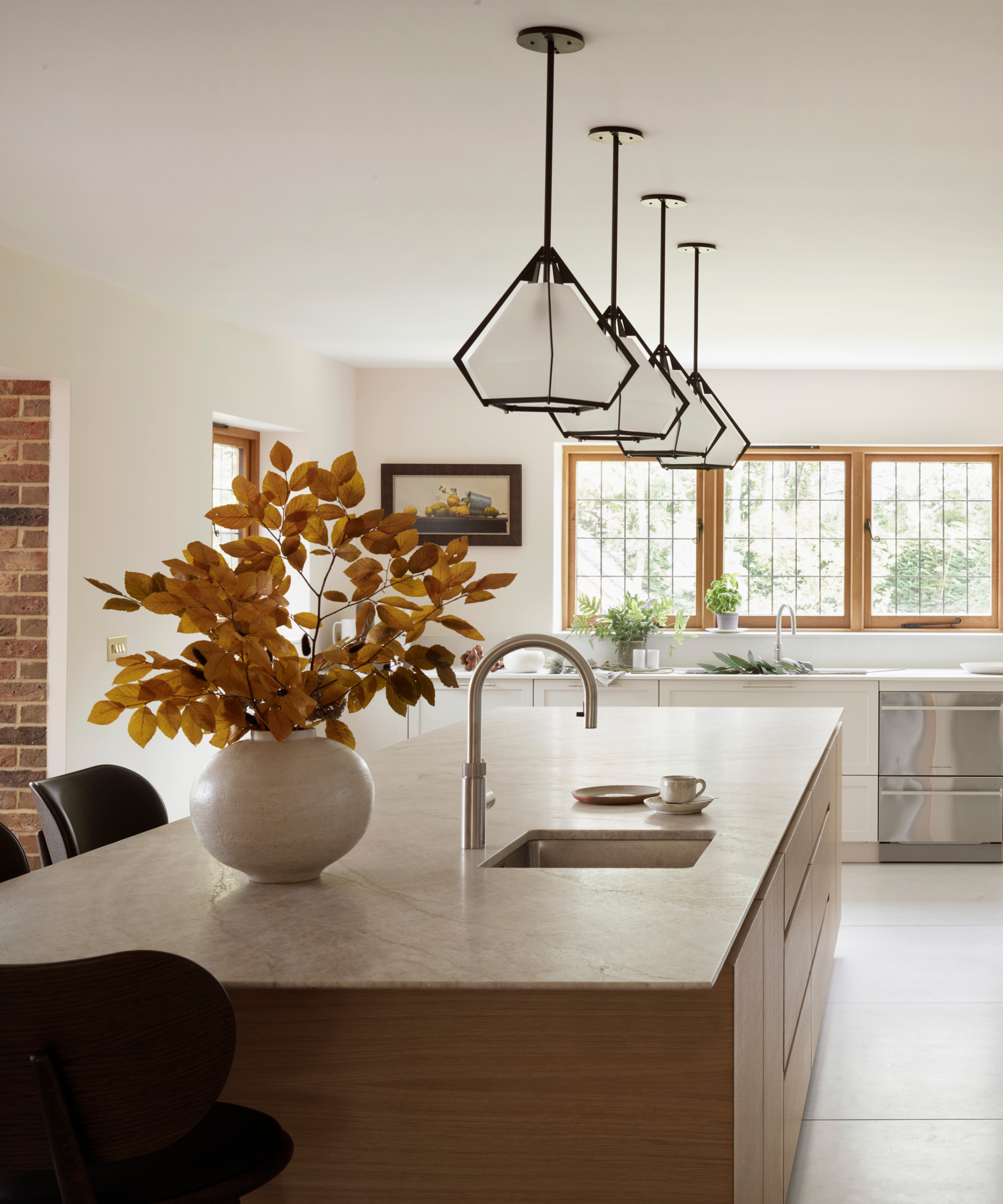
Give all the surfaces you’ve used a light spritz with antibacterial spray. I sprayed my countertops and left this solution for 1 minute to kill bacteria before wiping them down with a clean microfiber cloth.
I also went around my kitchen, spraying and wiping all the handles of the cupboards I had touched, just in case there had been any transfer of bacteria from my hands while cooking. I also sanitized the wooden cutting boards I used (if you don't yet know how to care for wooden cutting boards, I recommend reading up on this to ensure they stay hygienic).
If any kitchen cloths or towels you’ve used are looking or smelling dirty, put them in the washing bin now and replace them with fresh ones so they’re ready to hand for the next time you use the kitchen.
Method Citrus Multi-Purpose Spray | View at Amazon
I use Method cleaning sprays in my kitchen, as I like the citrusy scents and they kill 99% of household germs.
4. Take care of leftover ingredients
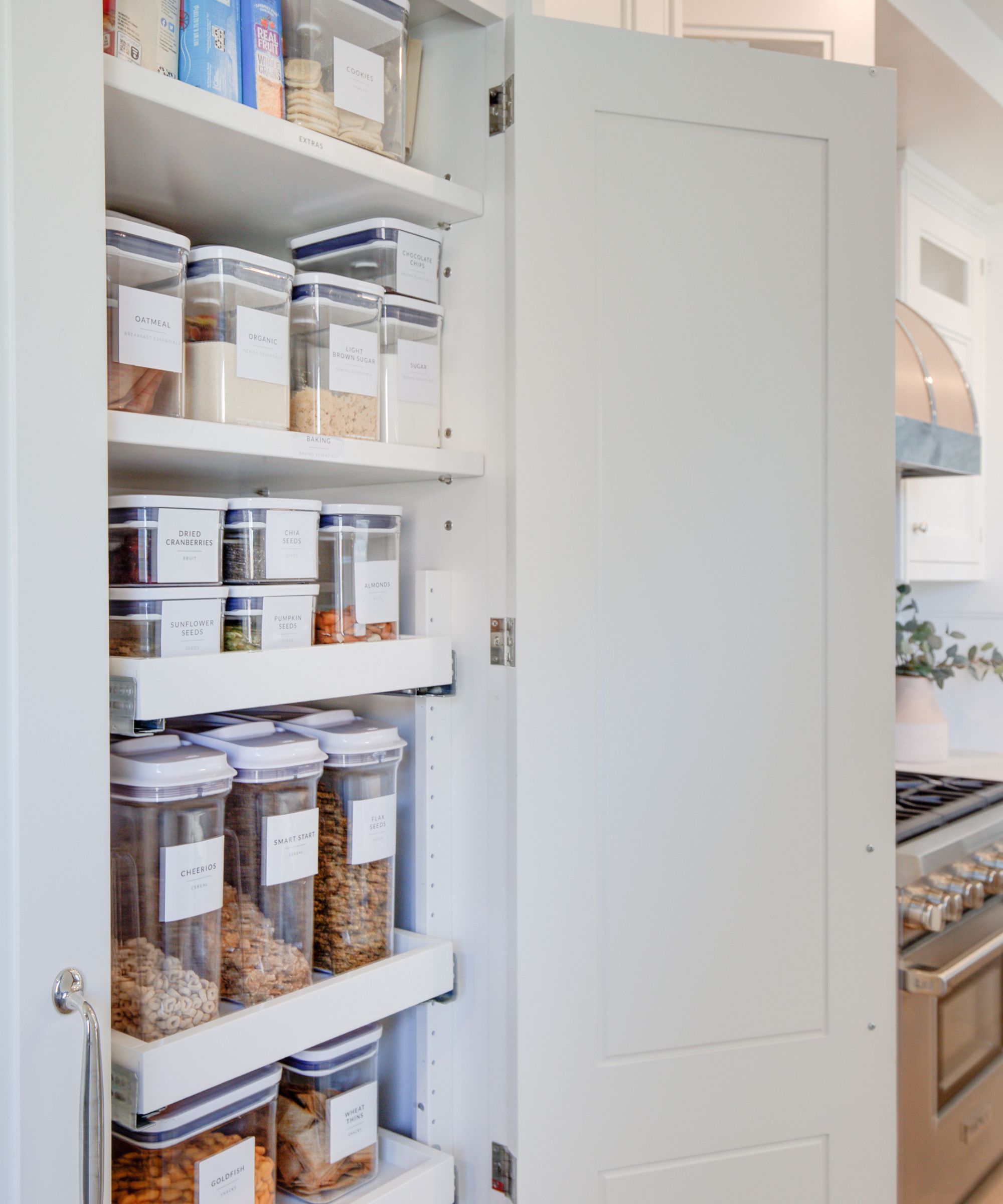
Look at what food or ingredients you have leftover and decide if you can use it again. Leftover rice is perfect to reuse for fried rice dishes; sauces will generally keep for a few days, and if there’s a big portion of something, I generally put it in a covered dish and eat it for lunch the following day.
If you keep something to reuse, put it in an appropriate container and mark the date on top of it. You can get labels specifically for this purpose or just use some masking tape and jot down the day the food was made. This will allow you to keep track of what’s in your fridge and when to use it, which can reduce your food waste.
NIIMBOT Label Maker Machine | $36.99 at Amazon
This handy label maker uses wireless technology to print labels from your phone or Android mobile - perfect for keeping track of your leftover food.
5. Sweep the floors
This is a bit of a self-explanatory step, but a key one nevertheless. Sweeping or vacuuming your kitchen floors will reduce the chance of pests or odors. There’s also nothing worse than walking into the kitchen in the morning and stepping straight onto something soft or crunchy you forgot to clean up last night (especially if you’re barefoot).
6. Final Checks

This will have a slightly different meaning at home compared to a professional setting. While you won't have to lock your kitchen up for the night, it's always worth checking you’ve shut your windows and any doors that lead from the kitchen to outside your house.
As part of my final checks, I make sure I’ve made a note of any ingredients I’ve used the last of. I now have a blackboard in the kitchen, where if I use the last of anything, I write it down and make sure I pick up more next time I'm out. A notepad will work just as well if you prefer. Noting down when I’ve used the last of something has helped keep my pantry nice and full and minimized my last-minute dashes to the store.
Brucie Magnetic Slate Chalkboard| $62.99 at Wayfair
A kitchen chalkboard is a handy place to jot ingredients down so you don't forget to rebuy them. I bought a simple slate board like this and reframed it to match my kitchen aesthetic.
I applied this professional closing shift to my kitchen, but you can just as easily adopt a closing shift routine for other parts of your home, such as your bathroom, bedroom, or living room.
Sign up to the Homes & Gardens newsletter
Design expertise in your inbox – from inspiring decorating ideas and beautiful celebrity homes to practical gardening advice and shopping round-ups.

Thomas Litten is a freelance food and drink writer whose articles and product reviews have been featured in a variety of national publications. His introduction to food and drink came through the hospitality sector, running bars for Michelin-starred restaurants. This experience, plus a love of good food, wine, and spirits, led to a career selling premium drinks to high-end restaurants and later providing consultancy services to food and drink start-ups across the UK. Now, based in southwest England, he mainly divides his time between working for a leading bakery business, visiting coffee shops, and collecting and writing about kitchen gadgets.
-
 This once-dated kitchen is now a timeless space with the coziest details – and its the classic color palette that's made it a chic, welcoming space
This once-dated kitchen is now a timeless space with the coziest details – and its the classic color palette that's made it a chic, welcoming spaceWarming colors and natural materials combine to create this enduringly classic kitchen scheme
By Molly Malsom Published
-
 How to grow crepe myrtle in pots – and transform even the smallest of yards with dazzling flowers this summer
How to grow crepe myrtle in pots – and transform even the smallest of yards with dazzling flowers this summerGrowing crepe myrtles in pots will inject splashes of brilliant color into your outside space
By Thomas Rutter Published
